David Fincher is a meticulous man.
From the infamous tales of his multi-take shooting style to the sheer technical precision consistently on display in his work, it is apparent that Fincher is methodical in his craft, a director who knows what he wants and sees very little point in doing the job if he is ever willing to settle for less than that.
Which is why, in a truly unique way, the opening intro to Fincher’s latest Netflix series, Mindhunter, is essentially a distillation of his entire filmmaking career into a single minute-and-a-half of unnervingly brilliant and precise cinematic craft.
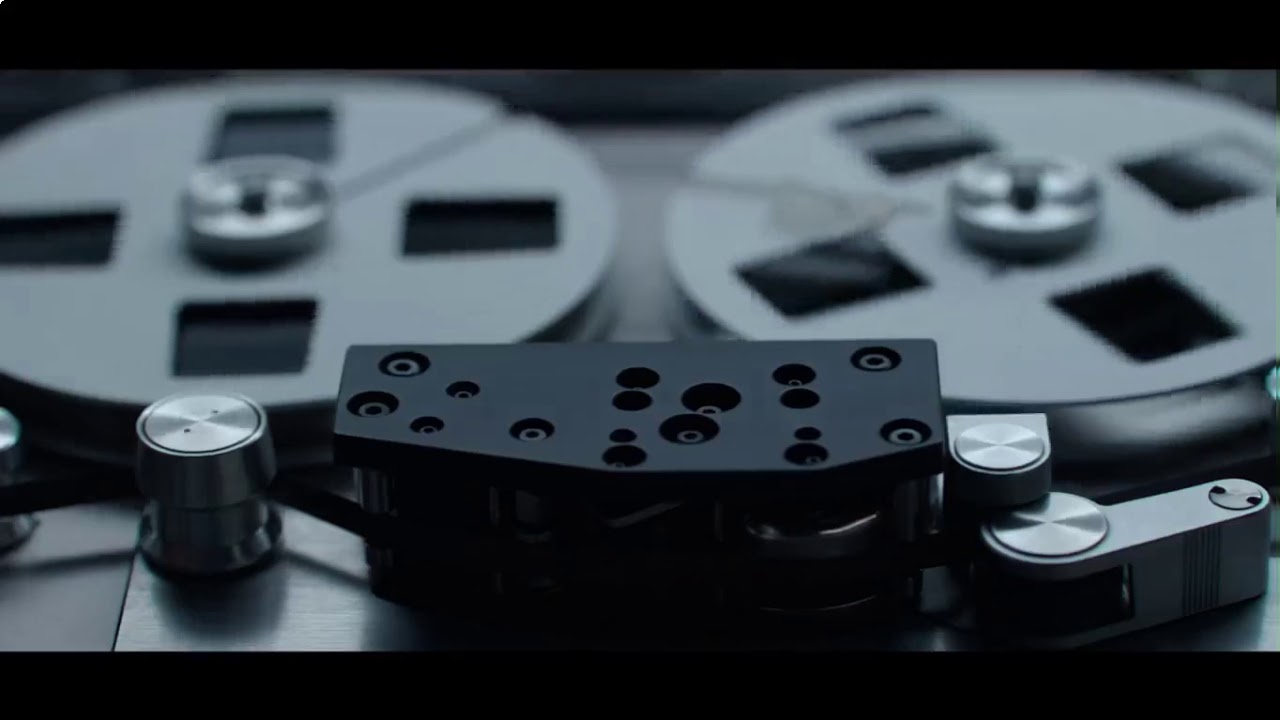
Fincher’s first credit as a filmmaker may have technically been Alien 3, but his career didn’t really begin properly until 1995, with the release of Seven. The tale of a pair of detectives investigating the grisly murders of a serial killer, Seven is in many ways, in hindsight, the perfect introductory statement for Fincher’s body of work as a whole. On the surface, it’s a tightly-woven and meanly constructed narrative about a serial killer and the men trying to catch him. But just beneath the surface (and for our purposes, much more importantly) Fincher is using the narrative as a framework through which to explore themes such as the perverseness of mankind, the lasting wounds of grieving, and obsession.
That last one is important: obsession. Because it’s one he’s come back to again and again, and explored in increasingly interesting ways. Fight Club saw him creating a pop-cultural satire, one that delved deep into the depravity of its time and how the obsessions of a generation essentially derailed the concept of mental stability. Zodiac saw him confronting it in his most direct way yet, showing how Robert Graysmith’s and the nation-at-large’s obsession with the Zodiac murders came to engulf them.
What’s so intriguing about Mindhunter is that it tackles this thematic staple of Fincher’s work in a very similar way, yet it does so without even necessitating a single minute of footage from the series proper.
The intro to Mindhunter is a sparse, minimalist minute-and-a-half of film, exclusively focusing on a pair of disembodied hands as they set up a tape recorder. This footage is then interspersed with exceedingly brief snippets of other pieces of footage. On paper, doesn’t sound like much, right? Let’s take a look at it.
In execution, Fincher’s intro is dementedly and tangibly disquieting. From a craft standpoint, Fincher consistently makes choices to completely disarm the viewer. The perfectly-staged, sterile close-ups of the tape recording equipment are quickly and violently cut into by intrusive close-ups of mutilated corpses and murder victims. Here, Fincher is only further mutilating the corpses through his own edit, framing individual pieces of the body, cutting them off through the lines of the frame in an increasingly sporadic and off-kilter rhythmic sequence. To make matters even more affecting, each quick cut-in of the corpse shots are heightened through the use of quick push-ins.
The end result of all of this is an almost subliminal effect; even though the shots of the corpses may be cutting in and out so quickly that your brain doesn’t necessarily register all of the information, your eye does. It creates a conflict within your own mind, if you will, which is why it’s so hard to pinpoint exactly what it is about the intro that’s so hair-raising until you go through it frame-by-frame and realize exactly what it is you’ve been watching.
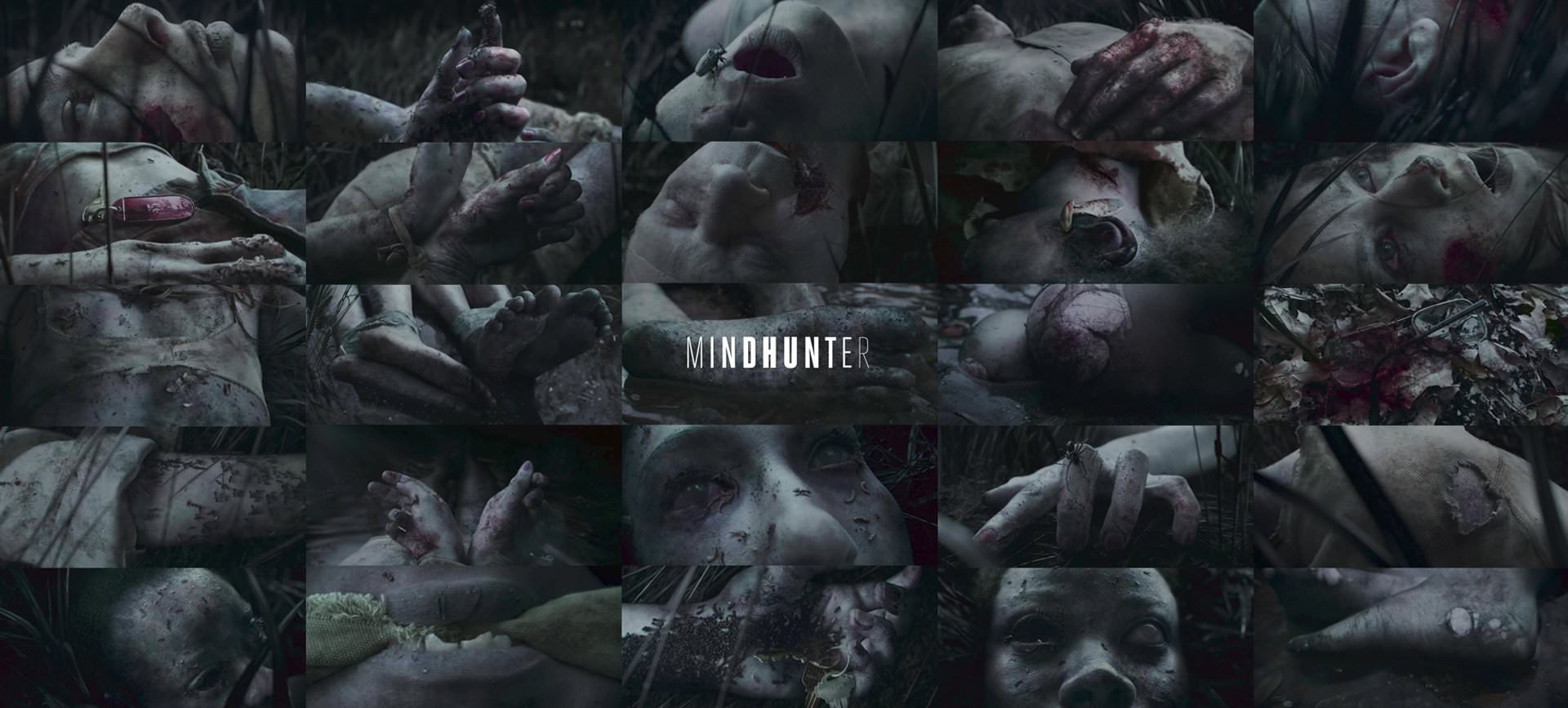
In effect, it’s Fincher formally and outright showing the audience the literal link between the obsession that drives the protagonists of the series attempting to catch the murderers and the murderers themselves. The footage of someone carefully and methodically setting up the tape recorder is spliced with gruesome footage that is a result of the exact same kind of careful planning and methodic action. It cuts from the image of Holden’s microphone to an image of a corpse’s gaping mouth, from the audio jack of the recorder to a decomposing ear, etc. Here, the parallel is pretty clear.
But what’s far more interesting is the third seemingly unaddressed parallel line; that of Fincher’s own craft. Just as obsession drives the murderers and FBI agents to be so meticulous in their work, so too does it drive David Fincher to be so meticulous in his. This is why the entire intro sequence is made up solely of close-ups, a formal filmmaking technique that Fincher is exceedingly cautious of.
His close-ups are always incredibly impactful, not only due to their technical precision and mesmerizing deep-focus, but also because of how restrained Fincher is in his use of them. As Fincher famously said,
“Every time you go to a close-up, the audience knows ‘look at this, this is important’. You have to be very, very cautious and careful about when you choose to do it.”
So it’s no mere accident that this entire sequence is made up of these close-up shots. On the surface, these formal choices lend an eerie and unnerving strength to the sequence itself. But it also foregrounds Fincher’s craft itself in a really telling way. There’s a clear link between the precision here,
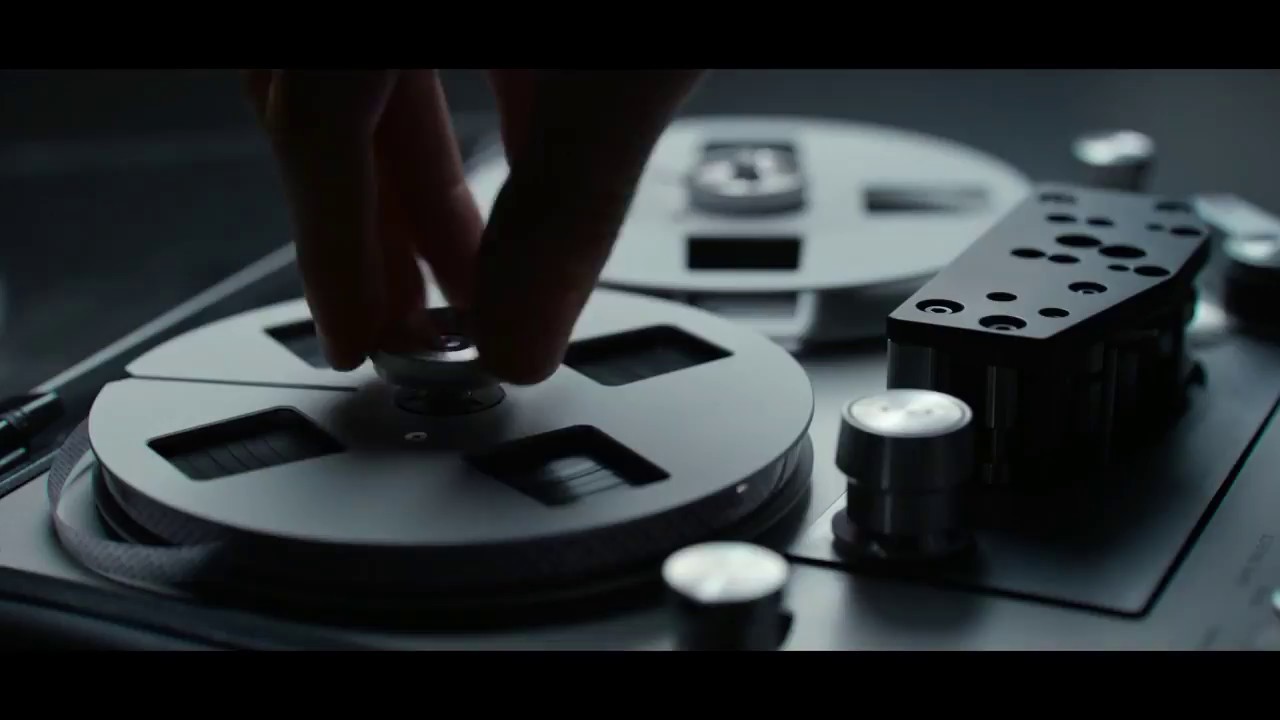
here,
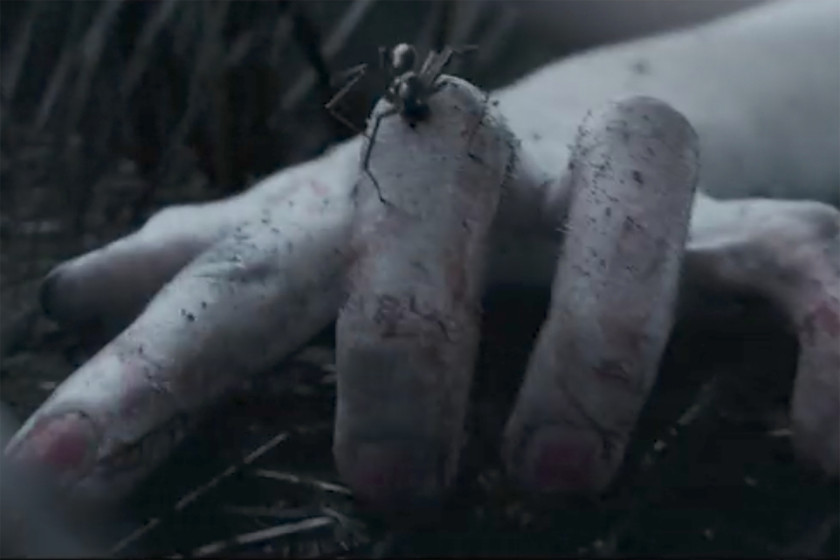
and here.
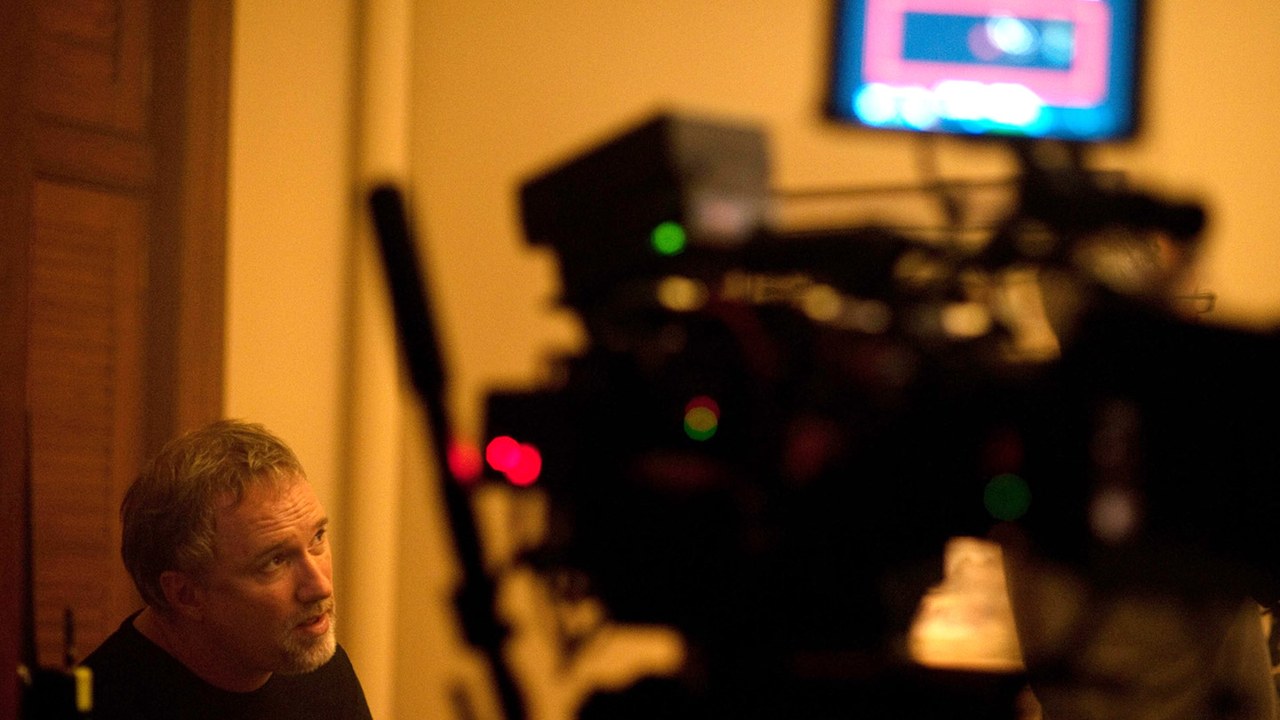
It’s just as Fincher told us himself; if it’s in a close-up, it’s important.